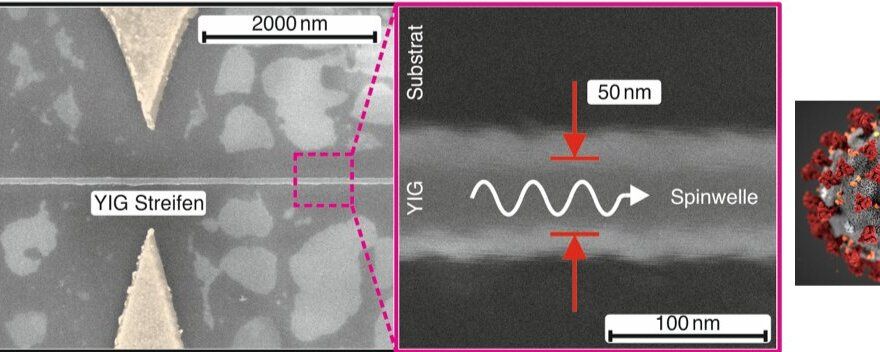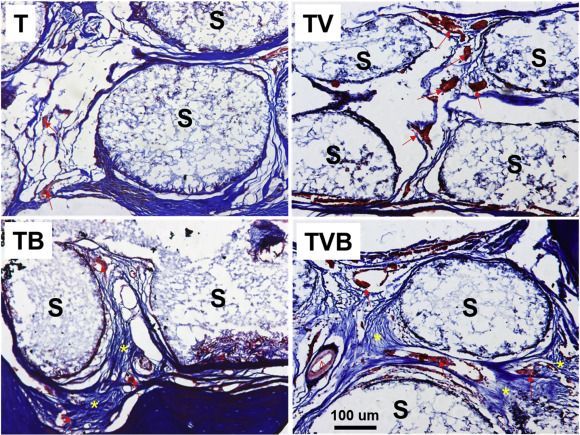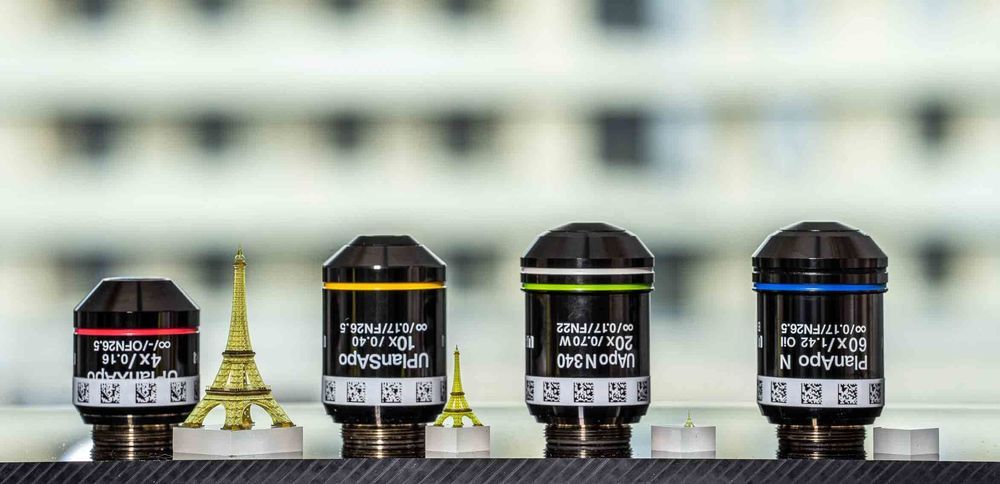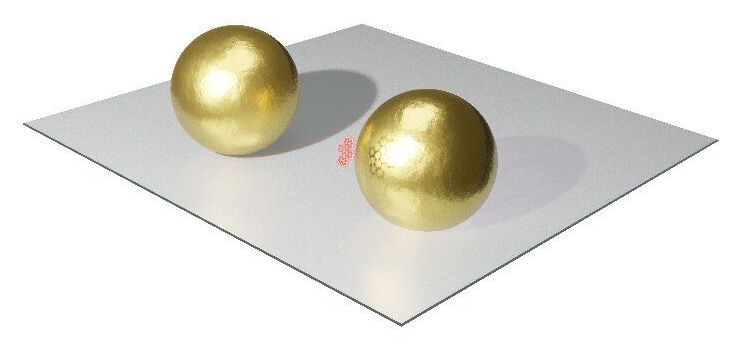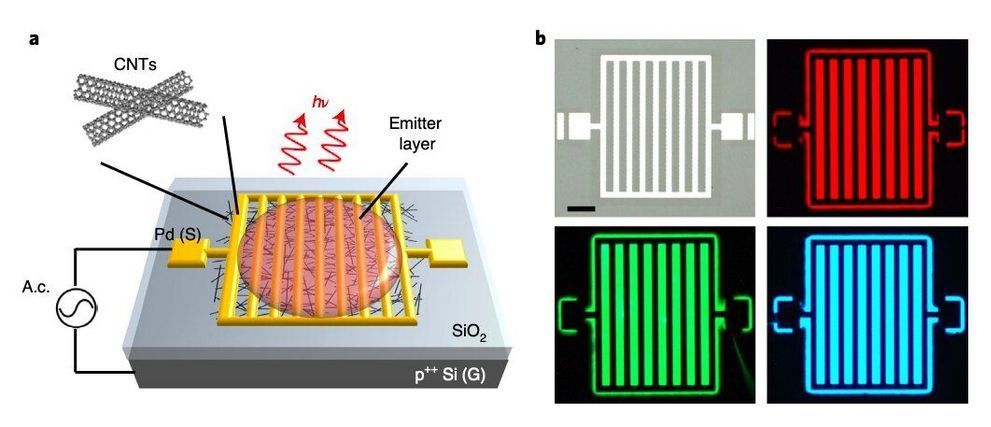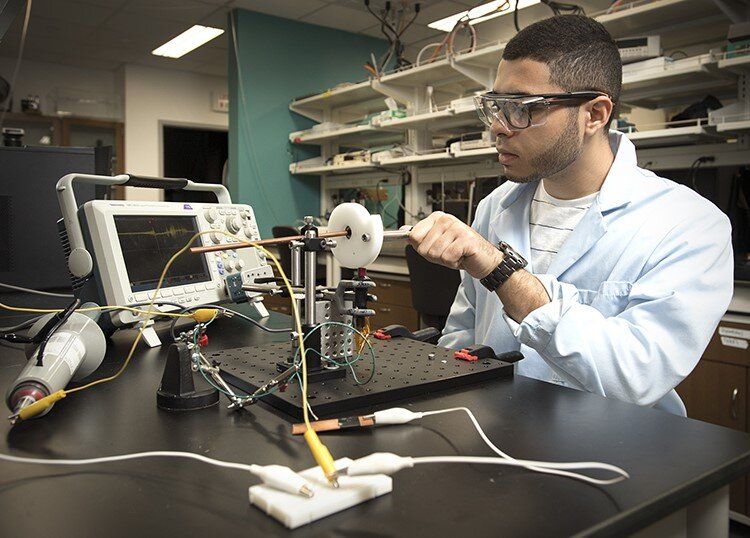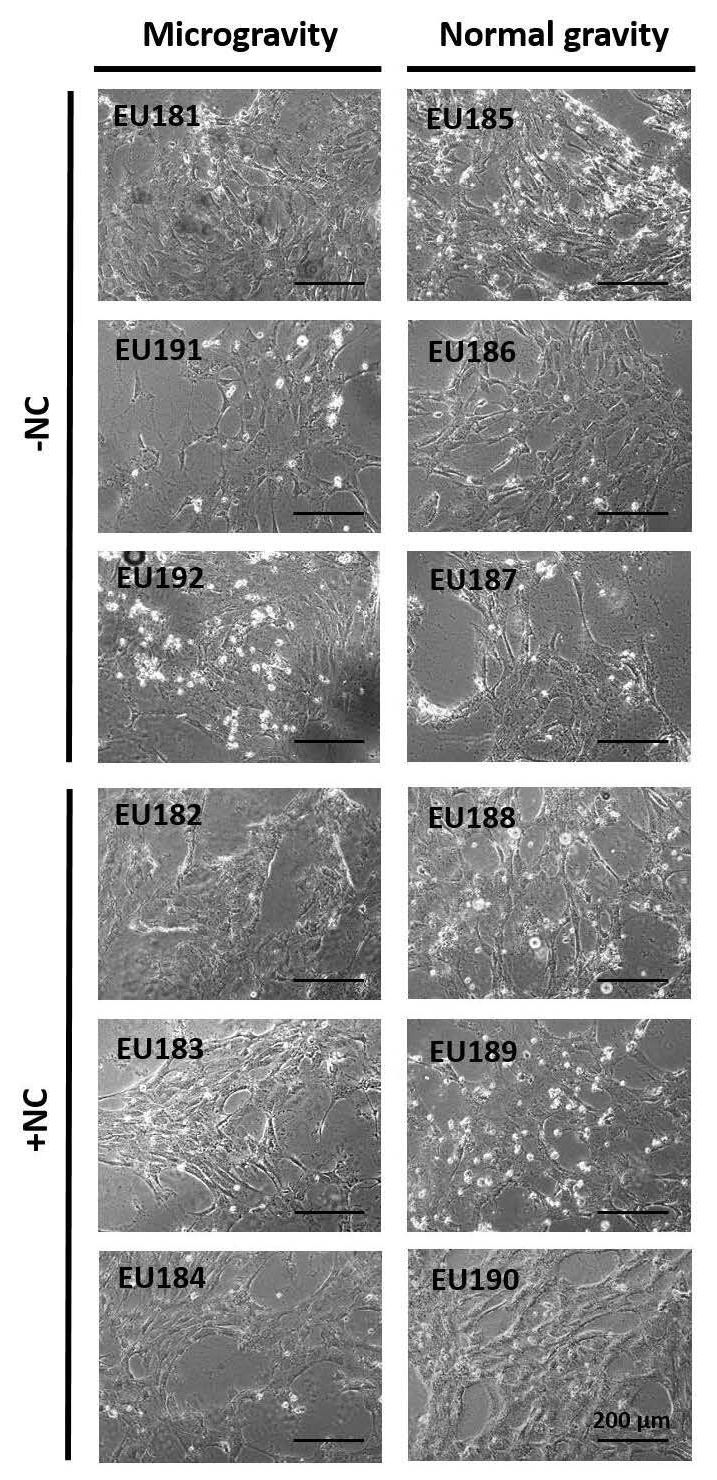Sep 11, 2020
Magnonic nano-fibers opens the way towards new type of computers
Posted by Quinn Sena in categories: computing, nanotechnology, neuroscience, particle physics
o,.o.
Magnetism offers new ways to create more powerful and energy-efficient computers, but the realization of magnetic computing on the nanoscale is a challenging task. A critical advancement in the field of ultralow power computation using magnetic waves is reported by a joint team from Kaiserslautern, Jena and Vienna in the journal Nano Letters.
A local disturbance in the magnetic order of a magnet can propagate across a material in the form of a wave. These waves are known as spin waves and their associated quasi-particles are called magnons. Scientists from the Technische Universität Kaiserslautern, Innovent e. V. Jena and the University of Vienna are known for their expertise in the research field called ‘magnonics,’ which utilizes magnons for the development of novel types of computers, potentially complementing the conventional electron-based processors used nowadays.
Continue reading “Magnonic nano-fibers opens the way towards new type of computers” »
